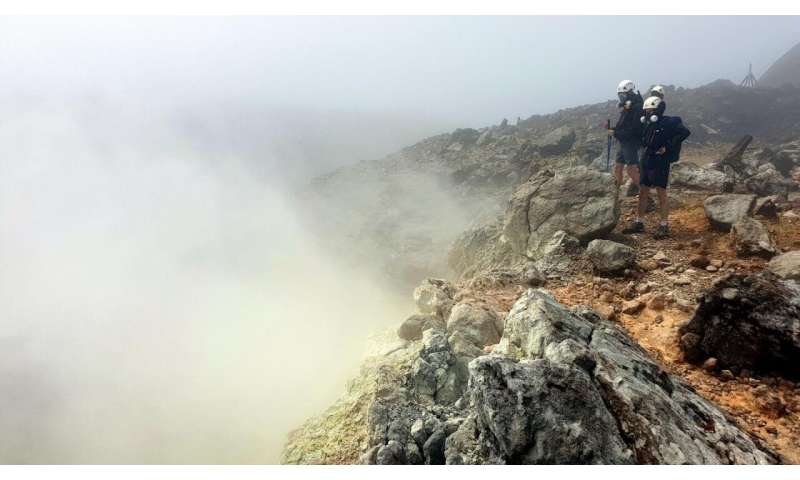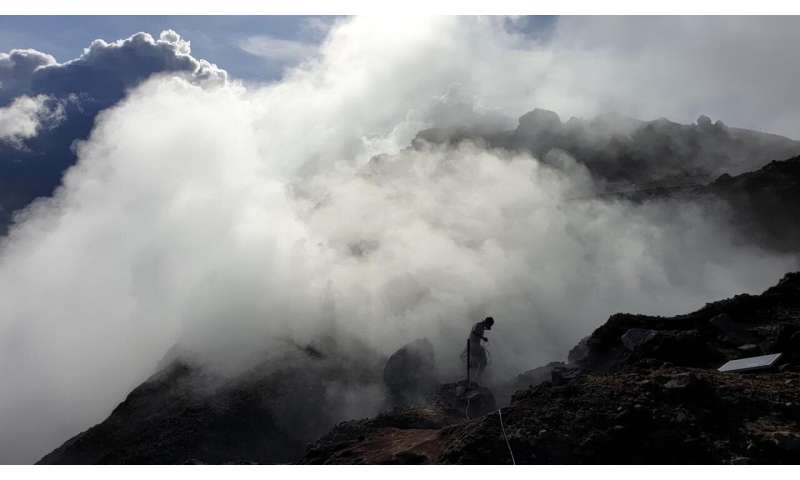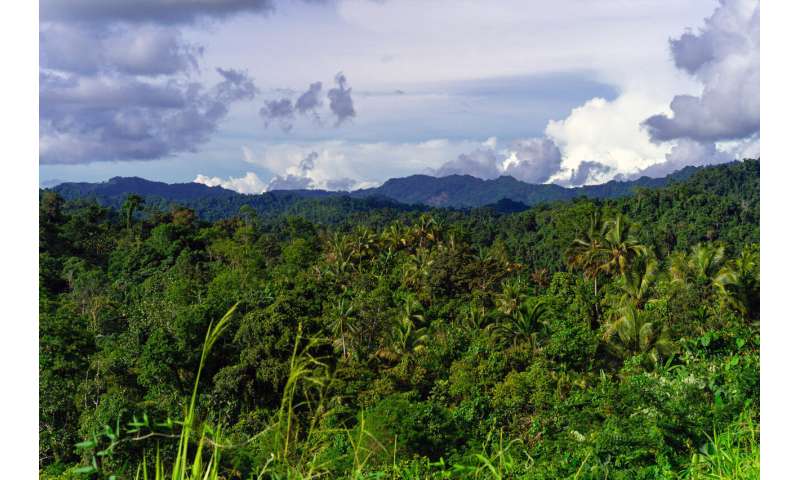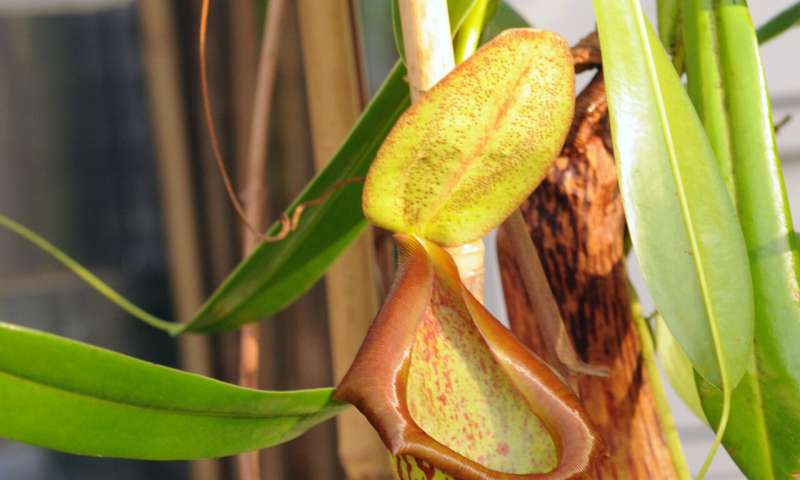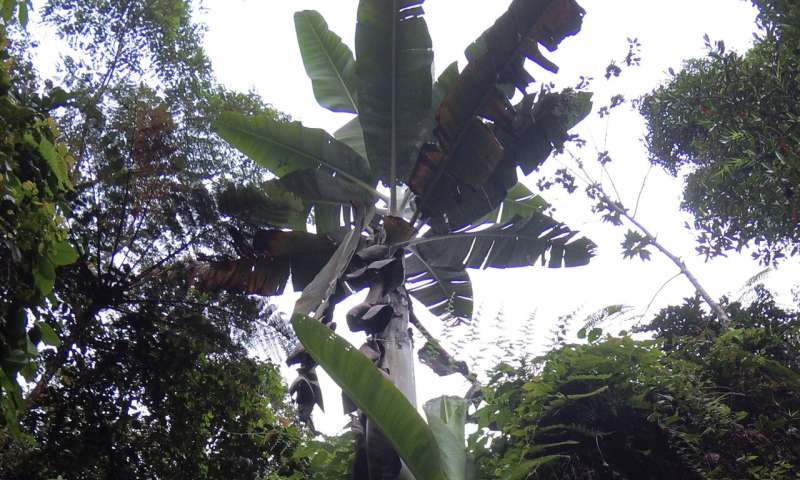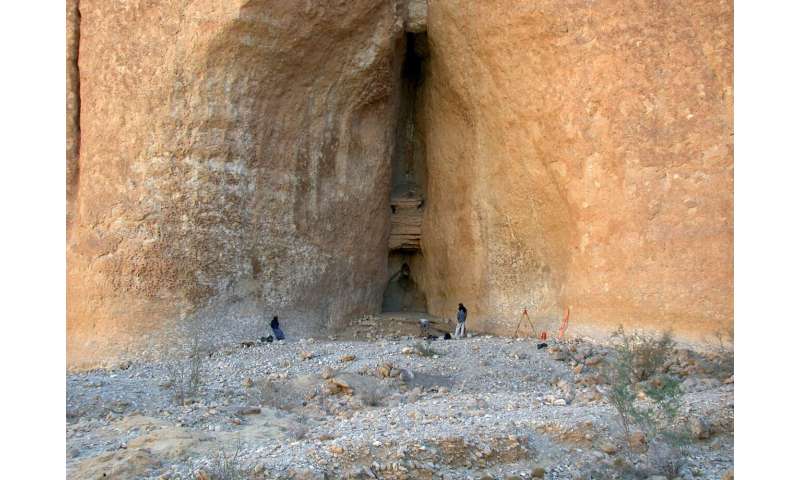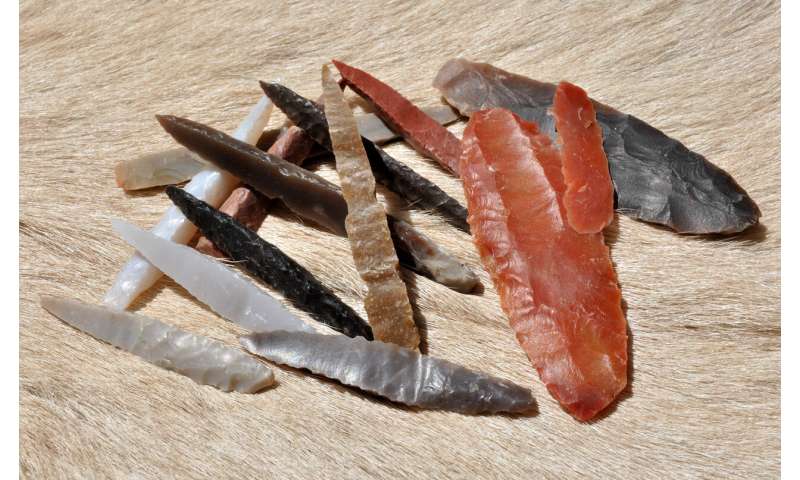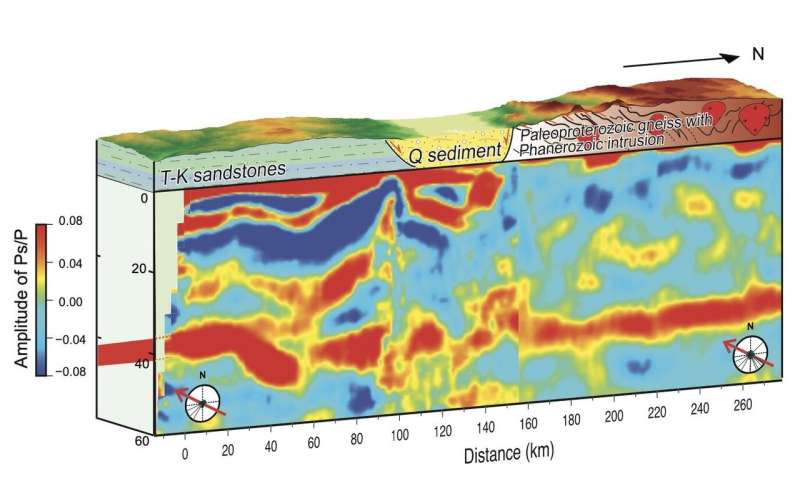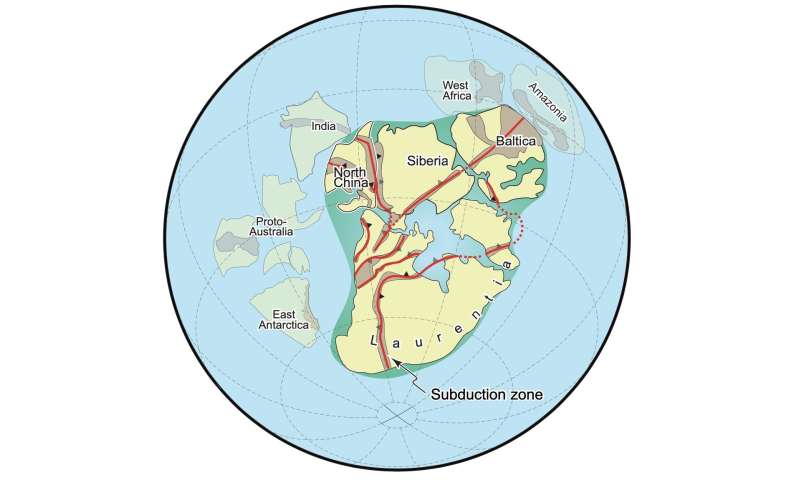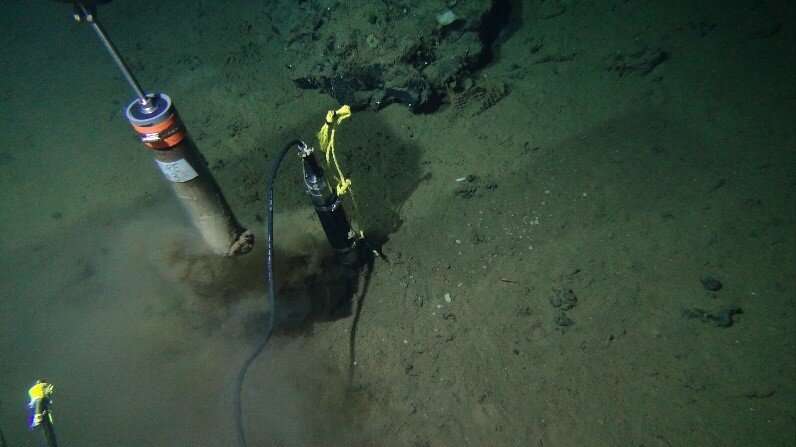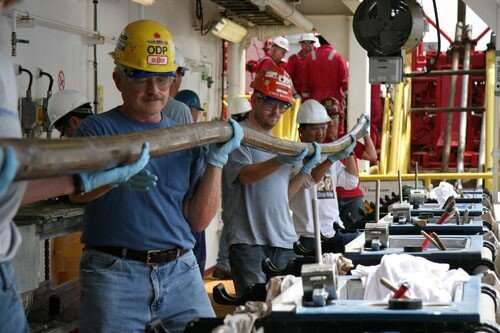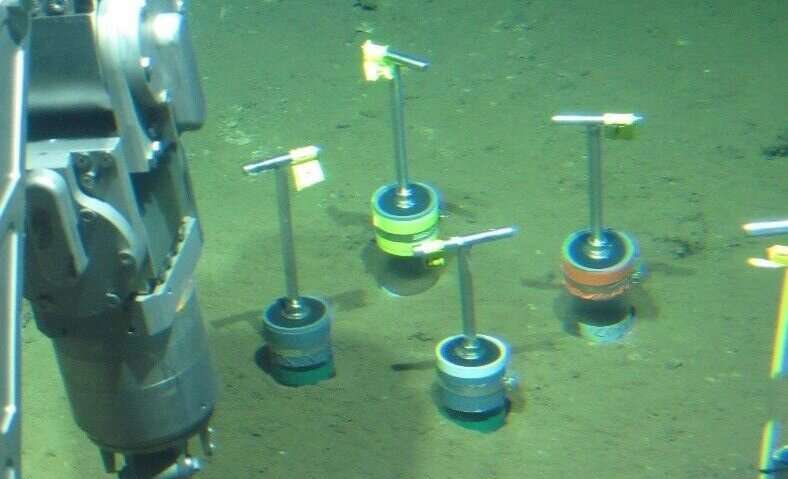Why do humans prefer to mate in private?
by Bob Yirka , Phys.org

Credit: Unsplash/CC0 Public Domain
Yitzchak Ben Mocha, an anthropologist with Zürich University, has conducted a study of human procreation habits as part of an effort to understand why humans prefer to mate in private. In his paper published in the journal Proceedings of the Royal Society B, he describes his analysis of other studies that involved human sexual practices, among other things.
Anecdotal evidence suggests that human beings generally prefer to mate in private—but why? And why is it so rare? Other than humans, only one other species has demonstrated a preference for privacy during mating: Arabian babblers.
Yitzchak Ben Mocha, an anthropologist with Zürich University, has conducted a study of human procreation habits as part of an effort to understand why humans prefer to mate in private. In his paper published in the journal Proceedings of the Royal Society B, he describes his analysis of other studies that involved human sexual practices, among other things.
Anecdotal evidence suggests that human beings generally prefer to mate in private—but why? And why is it so rare? Other than humans, only one other species has demonstrated a preference for privacy during mating: Arabian babblers.
To learn more, Ben Mocha retrieved data from 4,572 accounts of cultural studies—ethnographies—and studied them looking for what he describes as normal sexual practices. Those involved were not trying to shock or avoid punishment for engaging in taboo practices such as incest—and were also not in the pornography business.
He found that virtually every known culture practices private mating—even in places where privacy is difficult to find. He also looked for examples of other animals mating in private, and found none, except for the babblers.
He also found that there were no explanations for it, and in fact, there were very few other people wondering why humans have such a proclivity. And, not surprisingly, he was unable to find any evolutionary theories on the topic.
Ben Mocha concludes his paper by introducing a theory of his own—he believes that the reason humans (and babblers) began looking for privacy during sex was because the male wanted to prevent other males from seeing his female partner in a state of arousal. Such a state, he suggests, would likely have encouraged other males to attempt to mate with her. Thus, privacy, or perhaps more accurately, seclusion, allowed the male to maintain control over a sexual partner—while also allowing for continued cooperation within a group. He further suggests that the study of the evolution of private mating could lead to a better understanding of how thinking skills in humans matured as they learned to function in groups.
Explore further Fishing can disrupt mating systems
Ben Mocha concludes his paper by introducing a theory of his own—he believes that the reason humans (and babblers) began looking for privacy during sex was because the male wanted to prevent other males from seeing his female partner in a state of arousal. Such a state, he suggests, would likely have encouraged other males to attempt to mate with her. Thus, privacy, or perhaps more accurately, seclusion, allowed the male to maintain control over a sexual partner—while also allowing for continued cooperation within a group. He further suggests that the study of the evolution of private mating could lead to a better understanding of how thinking skills in humans matured as they learned to function in groups.
Explore further Fishing can disrupt mating systems
More information: Yitzchak Ben Mocha. Why do human and non-human species conceal mating? The cooperation maintenance hypothesis, Proceedings of the Royal Society B: Biological Sciences (2020). DOI: 10.1098/rspb.2020.1330
Journal information: Proceedings of the Royal Society B
© 2020 Science X Network
© 2020 Science X Network
